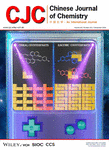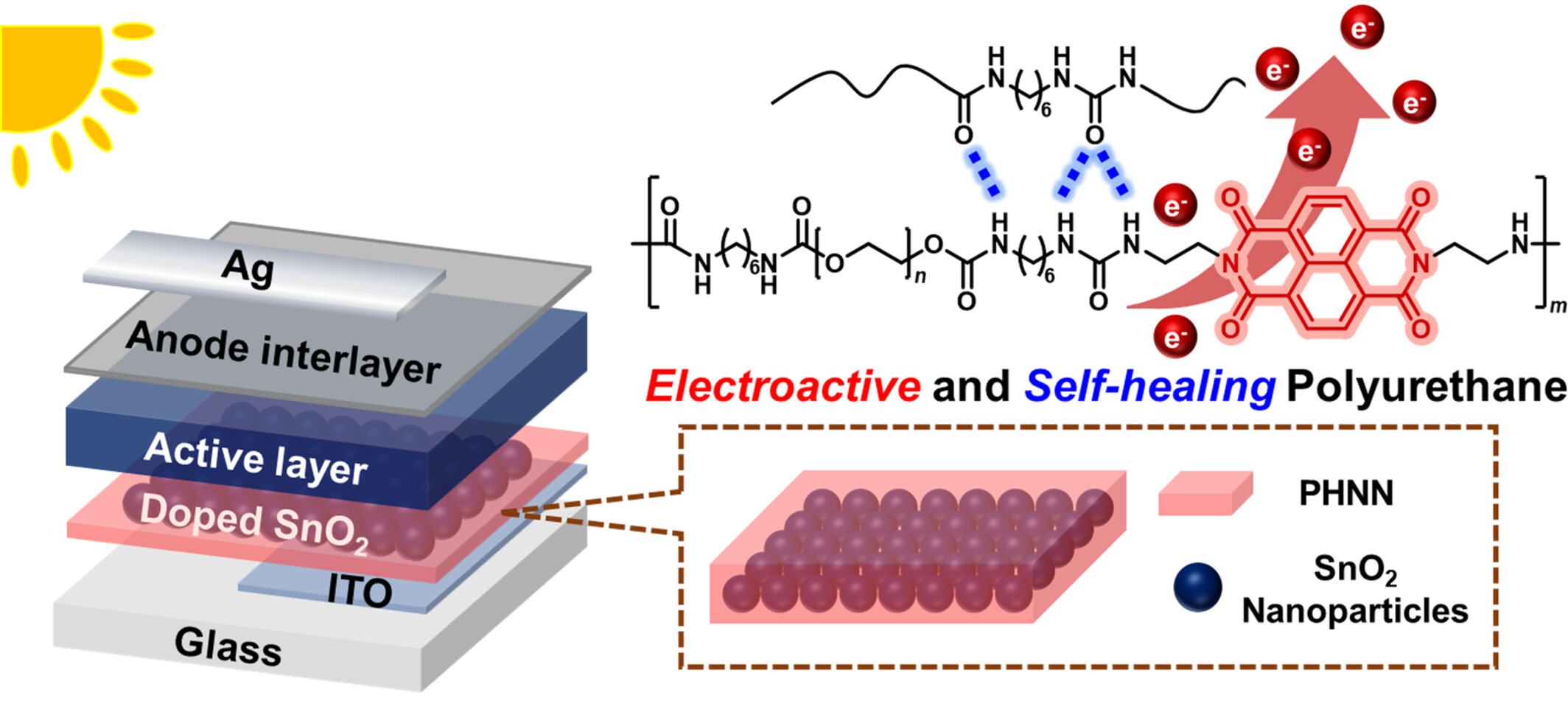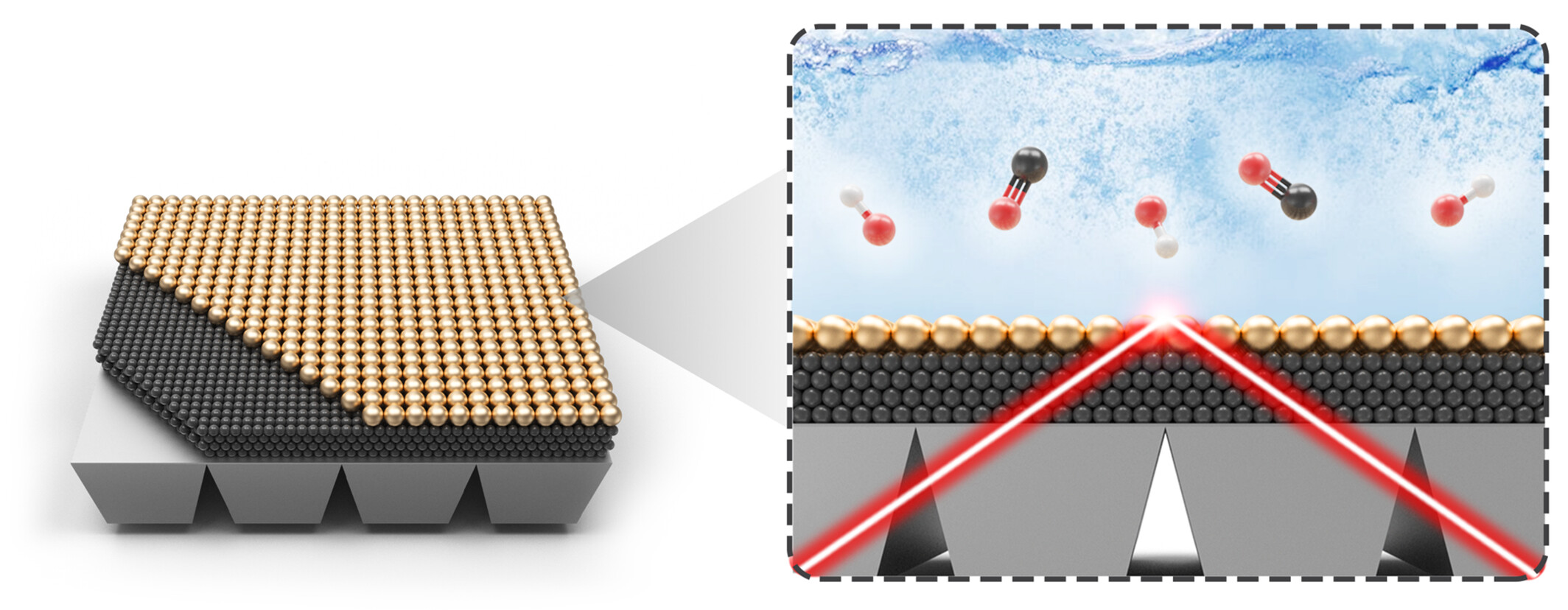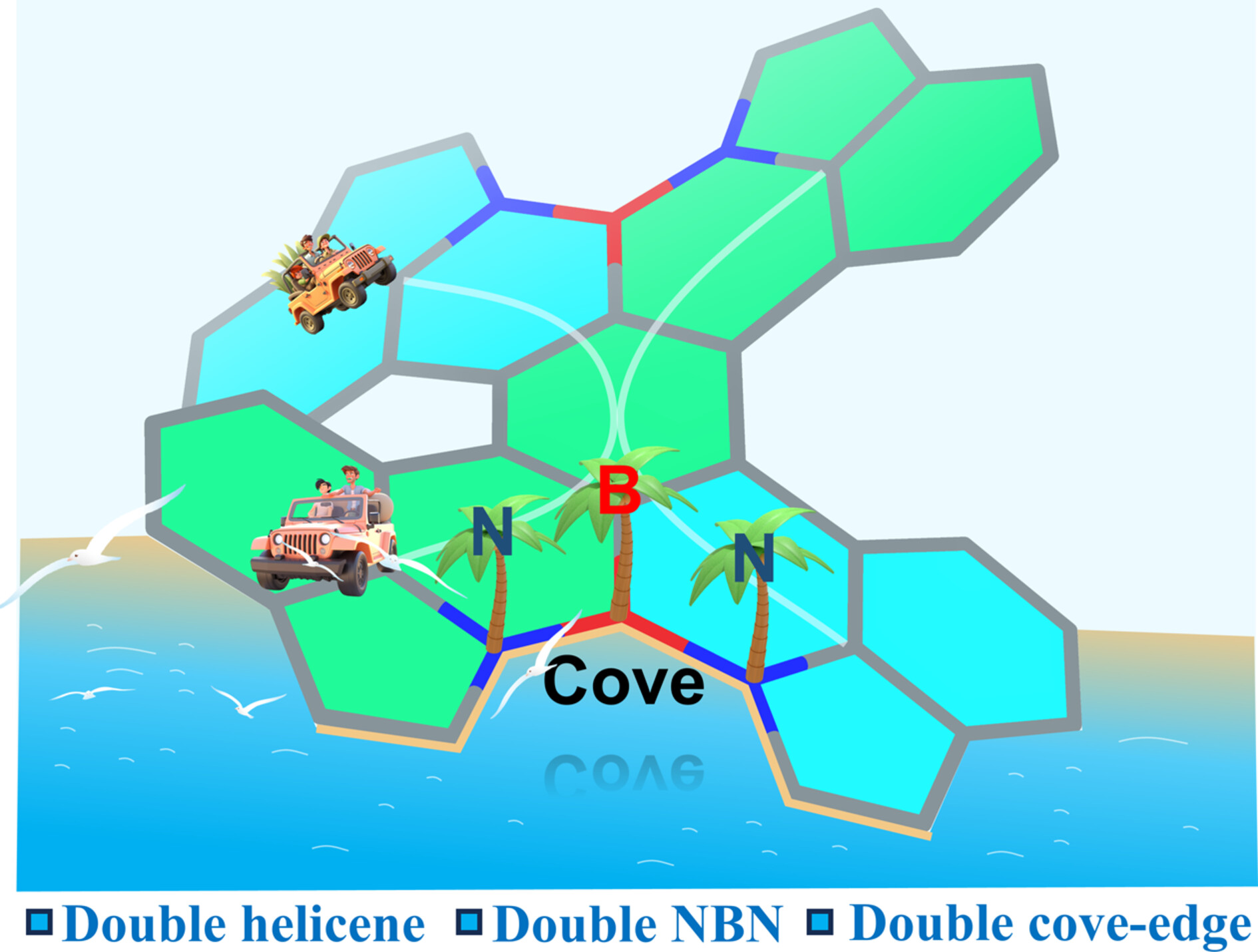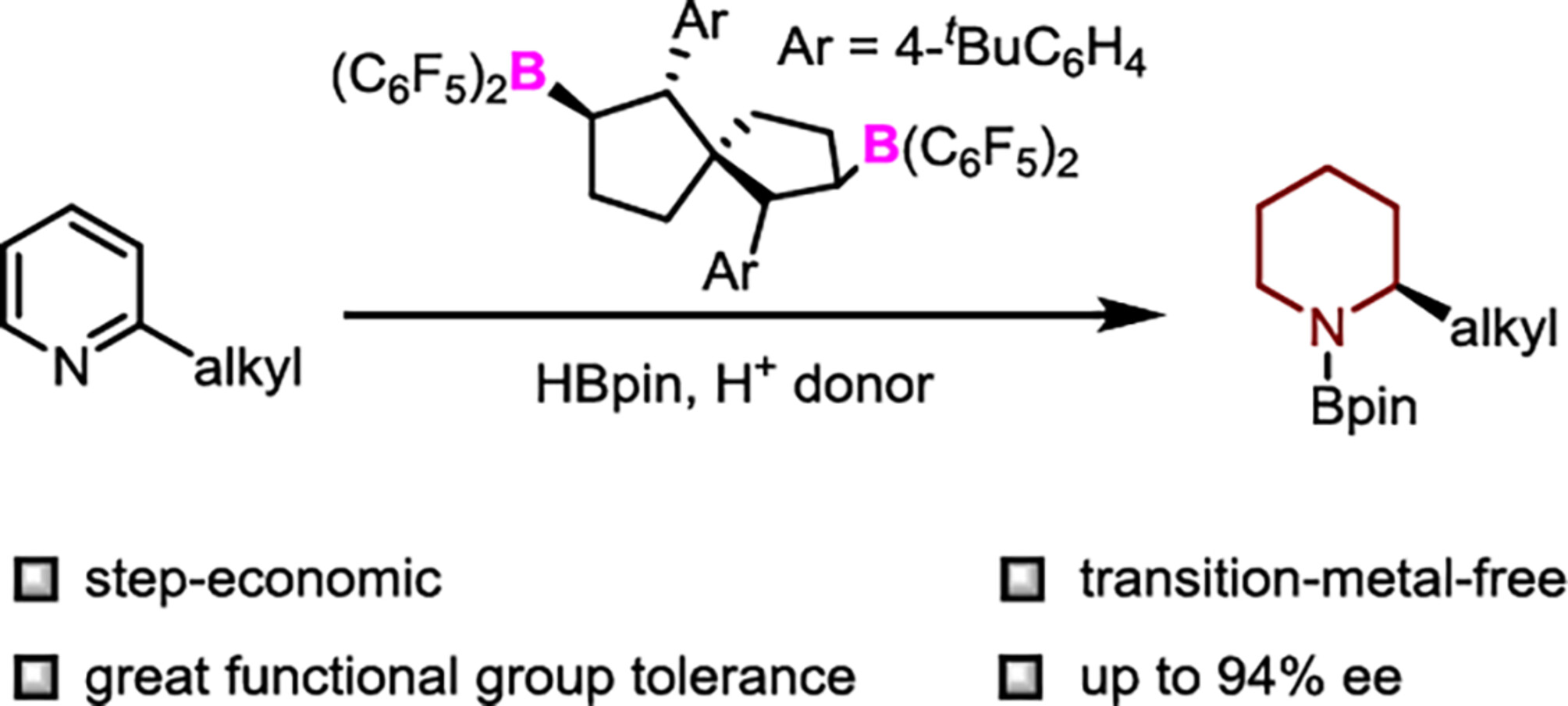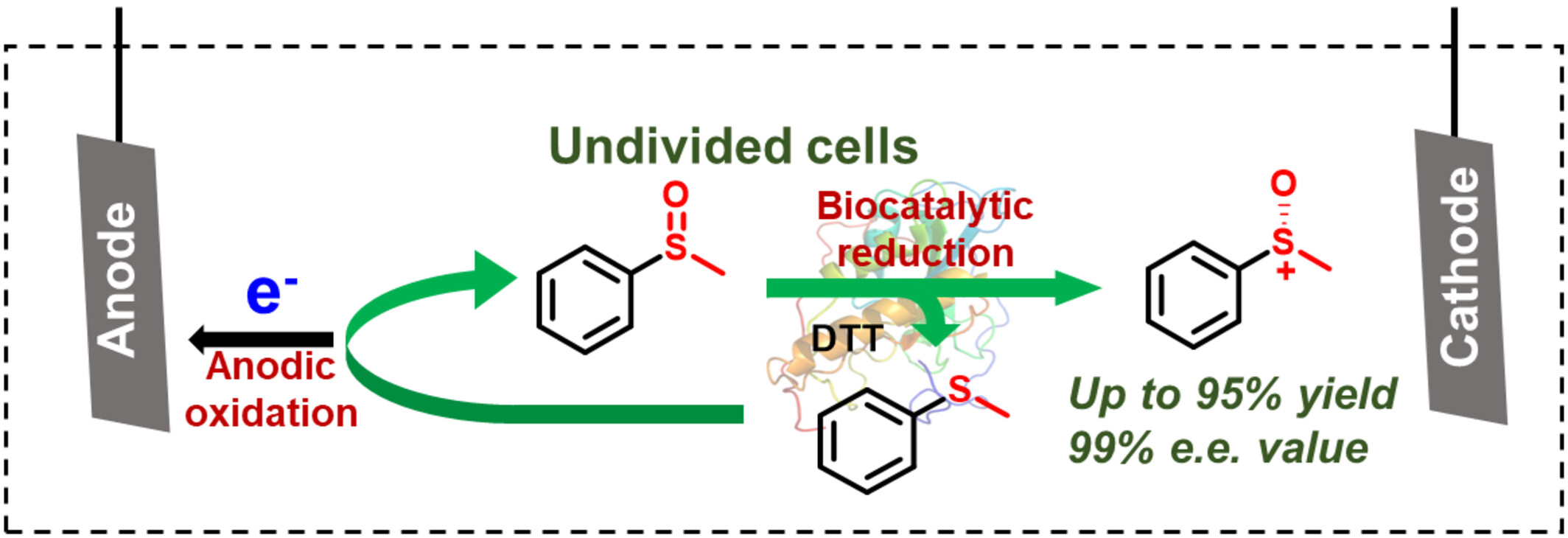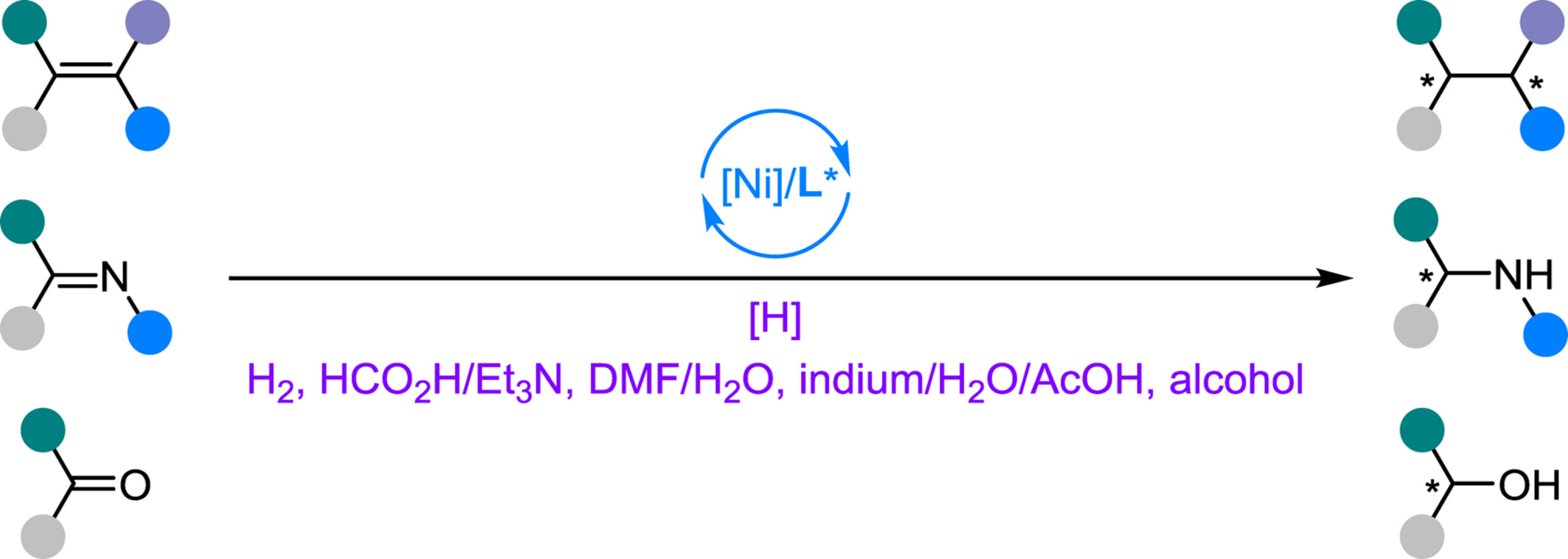Journal list menu
Export Citations
Download PDFs
Cover Picture
Cover Picture
- Page: 2941
- First Published: 01 November 2024
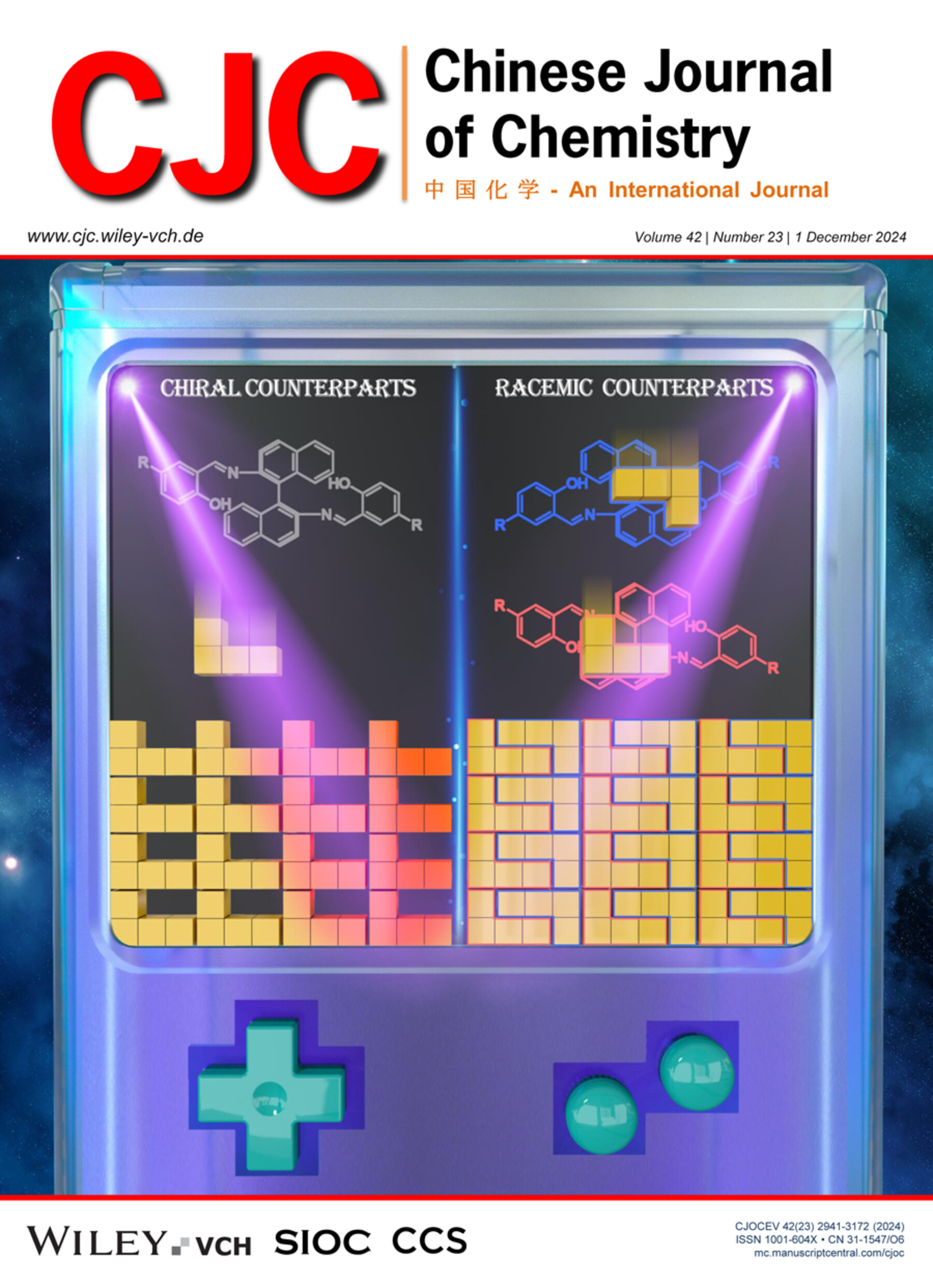
Chiral salicylaldehyde Schiff bases and their racemates have identical molecule structure but present distinct photo-response properties. The formers are photochromic while the latters are photostable. This phenomenon comes from the different packing mode influenced by Wallach's rule, which provides a novel perspective to understand the influence of molecule pressure on their photophysical properties. More details are discussed in the article by Li et al. on pages 2987—2992.
Inside Cover Picture
Inside Cover Picture
- Page: 2942
- First Published: 01 November 2024
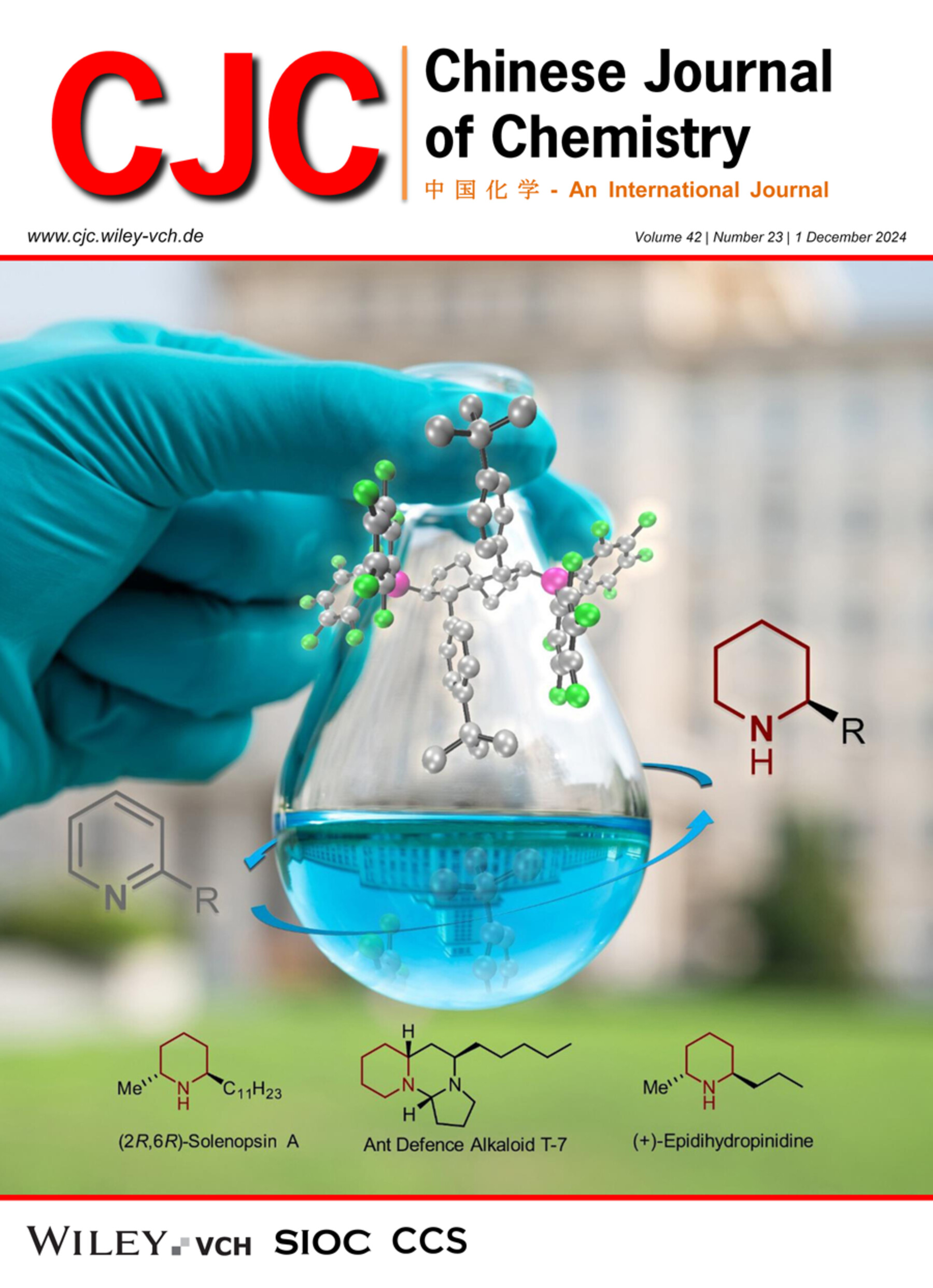
Pyridine and piperidine are common structural motifs in natural products and pharmaceutical compounds, underscoring the importance of their synthesis. Our group has developed chiral spiro-bicyclic bisborane catalysts that enable the efficient and highly enantioselective reduction of pyridines to chiral piperidines. Subsequent transformations allow the conversion of the piperidine products into bioactive natural products. More details are discussed in the article by Wang et al. on pages 3088—3092.
Contents
Comprehensive Report
A GSH-Responsive Immune-Stimulating Polypeptide Hydrogel Loaded with Chemotherapeutics, IDO Inhibitor and Immune Checkpoint Blocking Antibody for Enhanced Anti-Tumor Chemo-Immunotherapy
- Pages: 2957-2969
- First Published: 08 August 2024

An immune-stimulating polypeptide hydrogel conjugated with 1-methyl-D-tryptophan (D1MT) through a GSH-responsive spacer was developed as an immunotherapy platform. After encapsulating Dox and aPD-1 in the hydrogel, the combined immunotherapy system was capable to regulate suppressive TME and enhance anti-tumor chemo-immunotherapy.
Rational Design of Co(II)-Pyridine-Decorated Reduced Phosphomolybdate Photocatalysts for Efficient Aniline Oxidation under Mild Conditions
- Pages: 2970-2978
- First Published: 21 August 2024
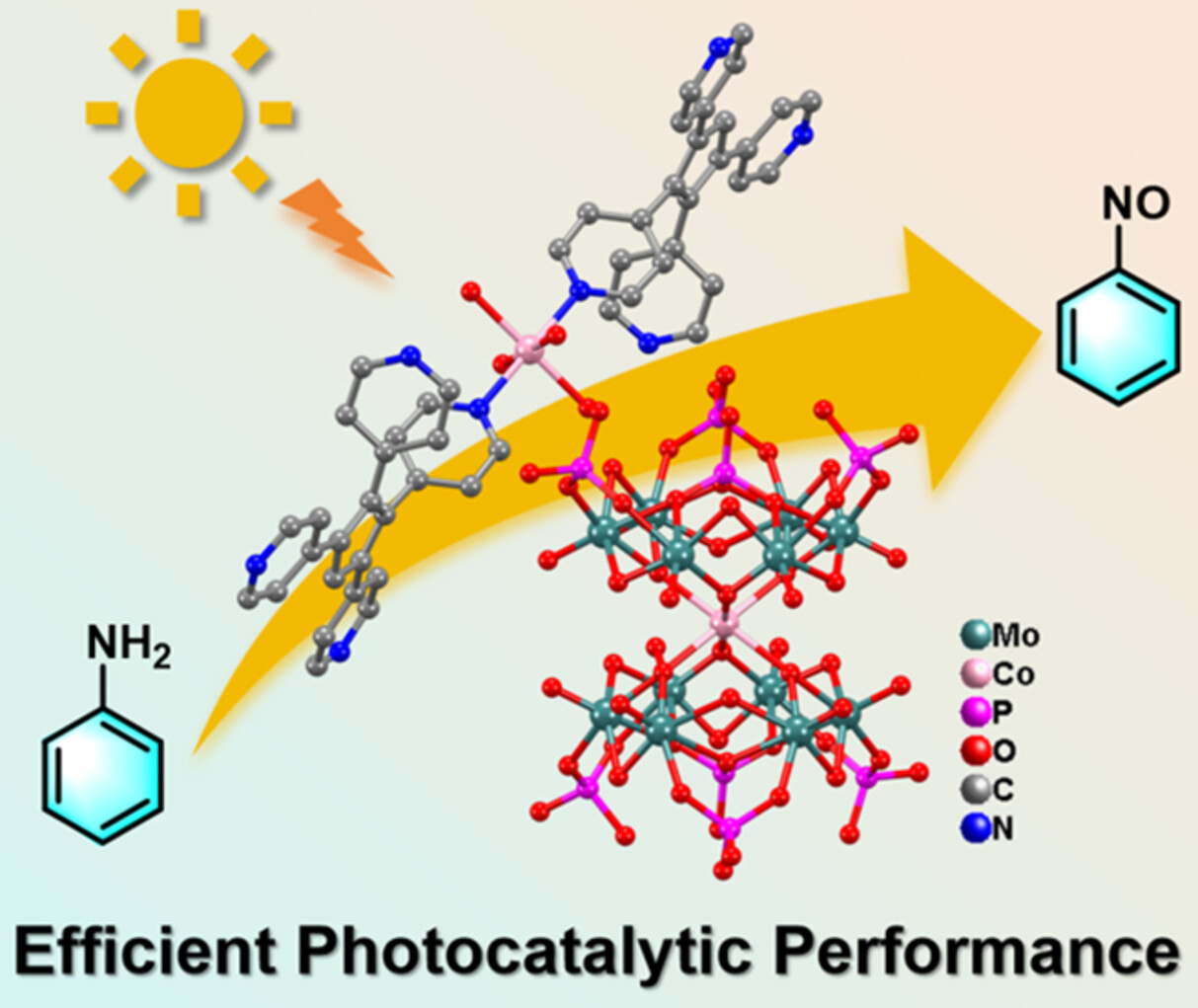
This study involves the synthesis and photocatalytic activity of reduced phosphomolybdic acid compounds, aiming at understanding the influence of material structure on aniline oxidation. The role of multidentate ligands in {P4Mo6}-based photocatalyst was discussed by reducing the band gap to enhance the absorption of visible light. In addition, the contribution of coordination water molecules to catalytic enhancement in phosphomolybdic acid photocatalyst was revealed by DFT analysis.
Electroactive and Self-healing Polyurethane Doped Tin Oxide Interlayers for Efficient Organic Solar Cells
- Pages: 2979-2986
- First Published: 24 August 2024
Concise Report
Pressure-Triggered Photochromism in Chiral Salicylaldehyde Schiff Bases
- Pages: 2987-2992
- First Published: 21 August 2024

A series of chiral salicylaldehyde Schiff bases and their racemates were prepared. The formers exhibit remarkable photochromism properties while the latters are photostable. Mechanism study showed that looser packing mode is beneficial for the photochromism process. Based on this finding, pressure was successfully used to regulate the photochromism of salicylaldehyde Schiff bases.
Selective and Scalable Deuteration of Heteroarenes Using Nickel-Based Nanoparticles
- Pages: 2993-2998
- First Published: 21 August 2024

A heterogeneous nickel catalyst for selective deuteration of heteroarenes using D2O as the isotope source has been developed. The usefulness of this approach has been demonstrated by 10 g-scale for complex pharmaceuticals. This methodology represents a practical and scalable deuteration and the air- and water-stable nanocatalyst enables efficient labelling in a straightforward manner.
Ultrathin PdAu Nanowires with High Alloying Degree for the Direct Oxidation of Methane to C1 Oxygenates
- Pages: 2999-3005
- First Published: 21 August 2024
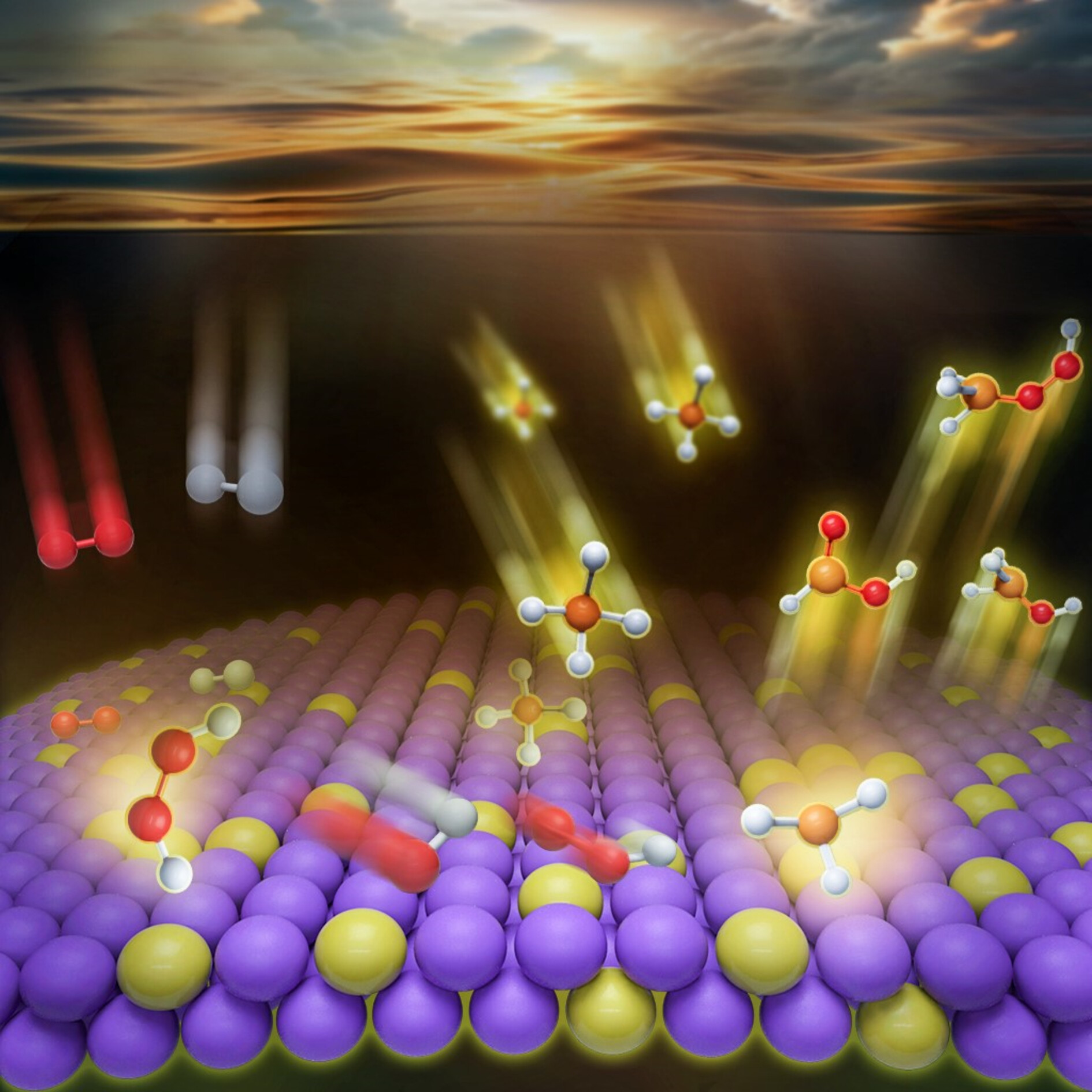
In this work, the ultrathin PdxAuy alloy NWs supported on ZSM-5 were developed to investigate the direct oxidation of CH4 to high value-added oxygenate. The enhanced catalytic performance of Pd9Au1NWs/Z-5 was ascribed to the stable one-dimensional nanostructure and the strong synergy effect with high alloying PdAu, which could increase the adsorption capacity of CH4 molecules on Pd atoms to promote the CH4 conversion.
Palladium-Catalyzed Construction of Phthalides Bearing Two Adjacent Stereocenters through Retro-oxa-Michael Addition
- Pages: 3006-3012
- First Published: 21 August 2024

A novel dynamic kinetic resolution of isobenzofuranone derivatives through palladium-catalyzed asymmetric allylic alkylation has been developed to synthesize phthalide derivatives bearing vicinal quaternary and tertiary stereocenters with high yields, showing excellent chemo-, enantio- and diastereoselectivity.
Enhanced One/Two-Photon Initiating Performance of Nitro-Carbazole-Styrene Based Oxime/Ketoxime Esters
- Pages: 3013-3022
- First Published: 21 August 2024
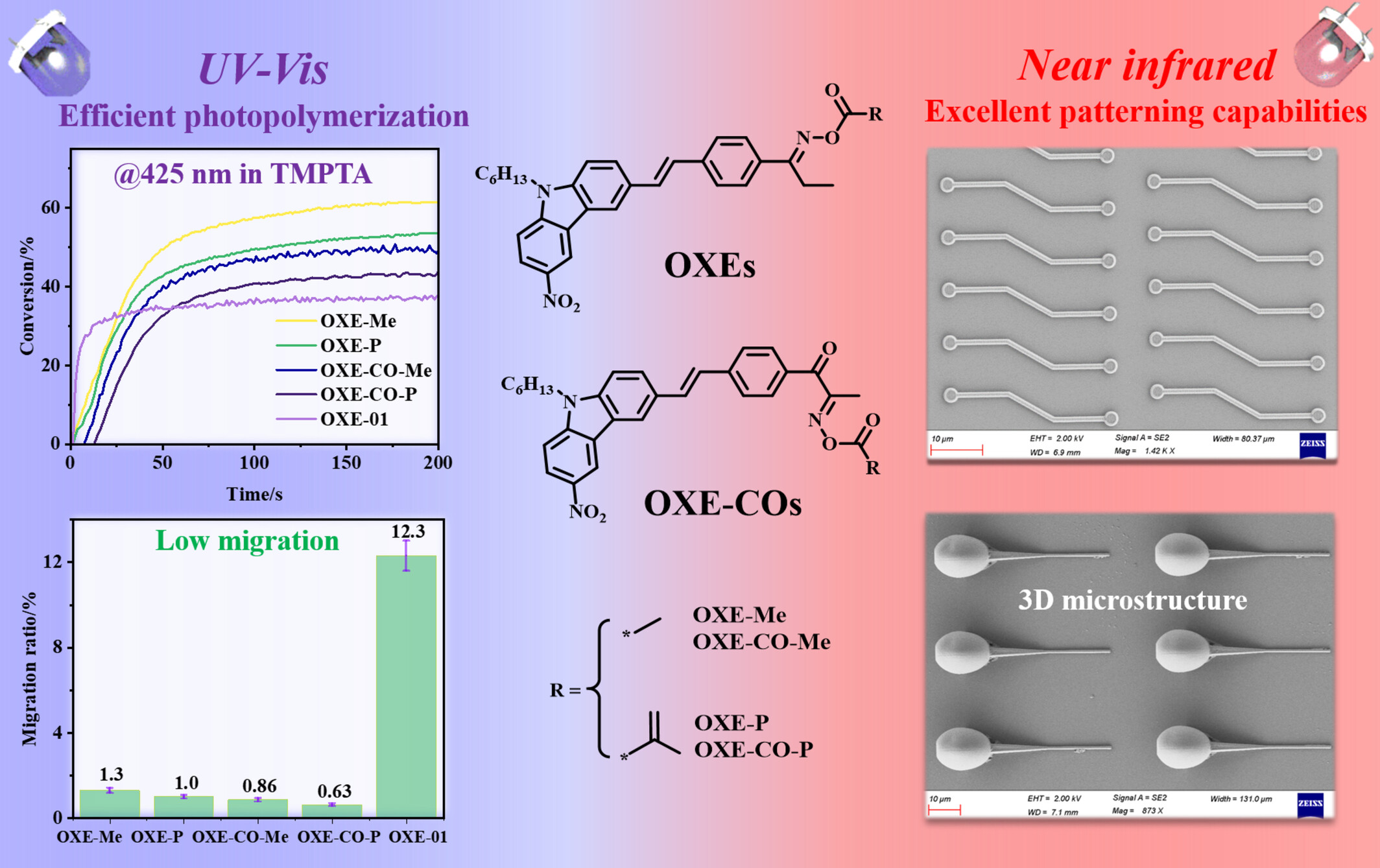
Four novel oxime ester/ketoxime esters (OXEs/OXE-COs) photoinitiators were synthesized. In one-photon polymerization, high double bond conversions and low migration were achieved. With OXEs/OXE-COs in PETA, 2D/3D microstructures were constructed with excellent writing accuracy in two-photon polymerization.
Modular, Scalable Total Synthesis of Neopetromin
- Pages: 3023-3028
- First Published: 21 August 2024
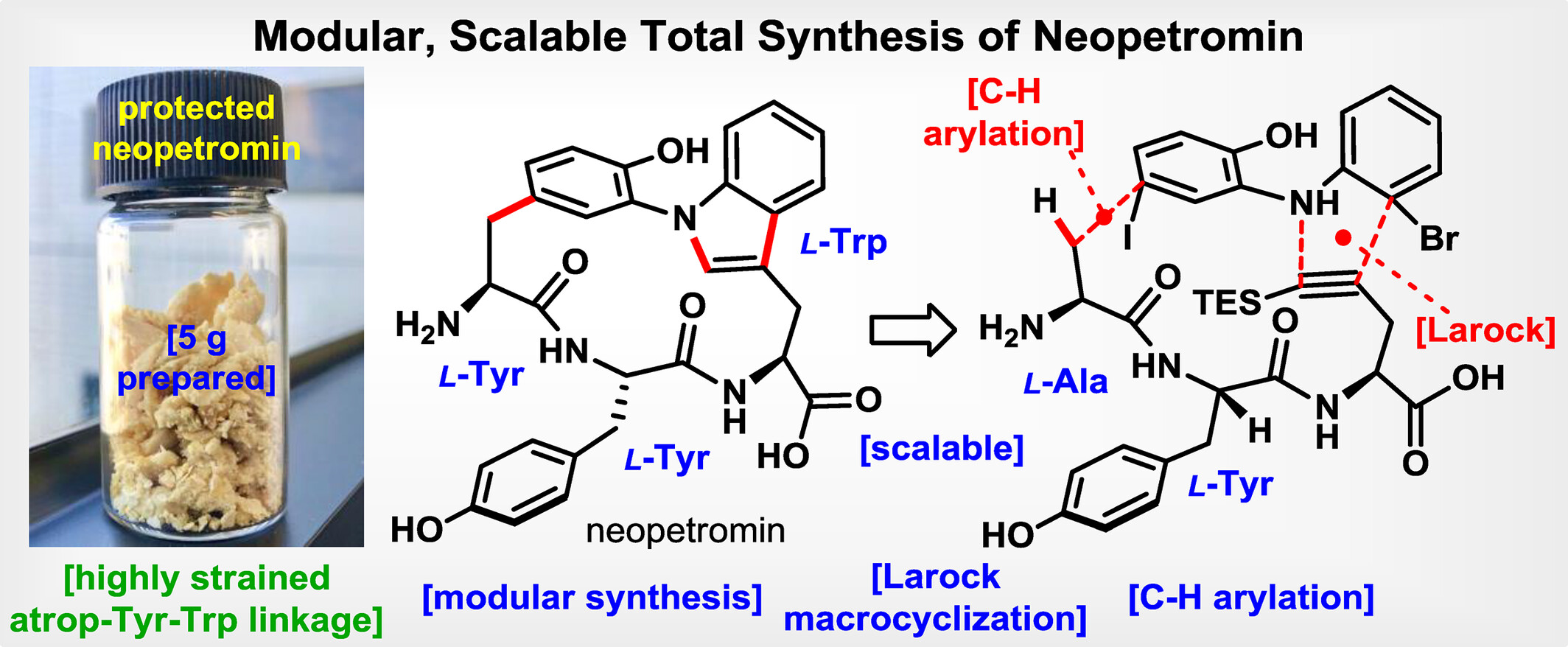
A scalable, modular total synthesis of neopetromin is hereby reported. Key transformations include C—H arylation and Larock macrocyclization, enabling the preparation of multiple grams of the protected neopetromin. This synthetic strategy provides a novel approach to accessing various members of the RiPPs natural product family.
Stereoselective Synthesis of C-Vinyl Glycosides via Nickel-Catalyzed Cross-Electrophile Couplings of 1,2-Glycosyl Orthoesters and Vinyl Halides
- Pages: 3029-3034
- First Published: 21 August 2024
Photocatalytic Reductive Azaarenylation of Cyclopropanes via Consecutive Photo-induced Electron Transfer: A Facile Route to α-Quaternary Azaarenes
- Pages: 3035-3040
- First Published: 30 July 2024

The consecutive photoinduced electron transfer (ConPET) strategy has been effectively utilized for the photocatalytic reductive azaarenylation of 2,2-disubstituted cycloproaryl ketones, enabling the efficient synthesis of α-all-carbon quaternary carbon-centered azaarenes. This methodology demonstrates excellent compatibility with a diverse array of functional groups, alongside remarkable chemo- and regioselectivity. Mechanistic investigations validate the pivotal role of the ConPET process in facilitating the formation of dual radical partners.
tBuOK/TMSOK-Mediated “Alkyl Halide to Alkyl Free Radical” Transformation for Transition-Metal-Free Benzoin α-C—H Alkylation
- Pages: 3041-3046
- First Published: 30 July 2024

The generation of alkyl free radicals from alkyl halides has been realized via the promotion of tBuOK or TMSOK, enabling the direct α-C—H alkylation of α-hydroxyl ketones (benzoins). Besides providing a new and highly practical method for diverse benzoin synthesis, the present work expands the domain of tBuOK promoted free radical transformation from previously known aryl halide to aryl free radical transformation.
En Route to Diastereopure Polycyclic γ-Lactones by Iridium-Catalyzed Hydride Transfer
- Pages: 3047-3055
- First Published: 30 July 2024

An iridium-catalyzed highly diastereoselective and efficient route to diastereopure bi- and polycyclic γ-lactones is achieved, featuring high levels of stereocontrol, broad substrate scope, and high catalyst efficiency (S/C up to 5000). The large steric hindrance of the iridium hydride species and the intramolecular hydrogen bonding underlie the success of the highly diastereoselective reductive lactonization. A general empirical rule based on facial selectivity analysis is proposed for explaining and predicting the stereochemistry.
2-Azetine Derivatives as a Class of New Monomers for Controlled Ring-Opening Metathesis Polymerization towards Polyenamides
- Pages: 3056-3062
- First Published: 30 July 2024

A living polymerization method for the construction of nitrogen-containing polymers through the ROMP is reported. The polymerization exhibited living character and generated homo- or block polymers with targetable molecular weights and narrow molar mass distribution. The method showed good functional group compatibility, and the resulting polyenamides possess balanced stability and degradability.
Thin-Layer Diamond Coating on Si Wafer for Extended Alkaline ATR-SEIRAS Investigations
- Pages: 3063-3068
- First Published: 31 July 2024
A Double Helicene with Quadruple Indole-Fused Skeleton and Double NBN-Type Cove-Edged Structure
- Pages: 3069-3074
- First Published: 01 August 2024
Small-Molecular Donor Based Efficient Organic Solar Cells with Thermally Stable Morphologies
- Pages: 3075-3082
- First Published: 01 August 2024
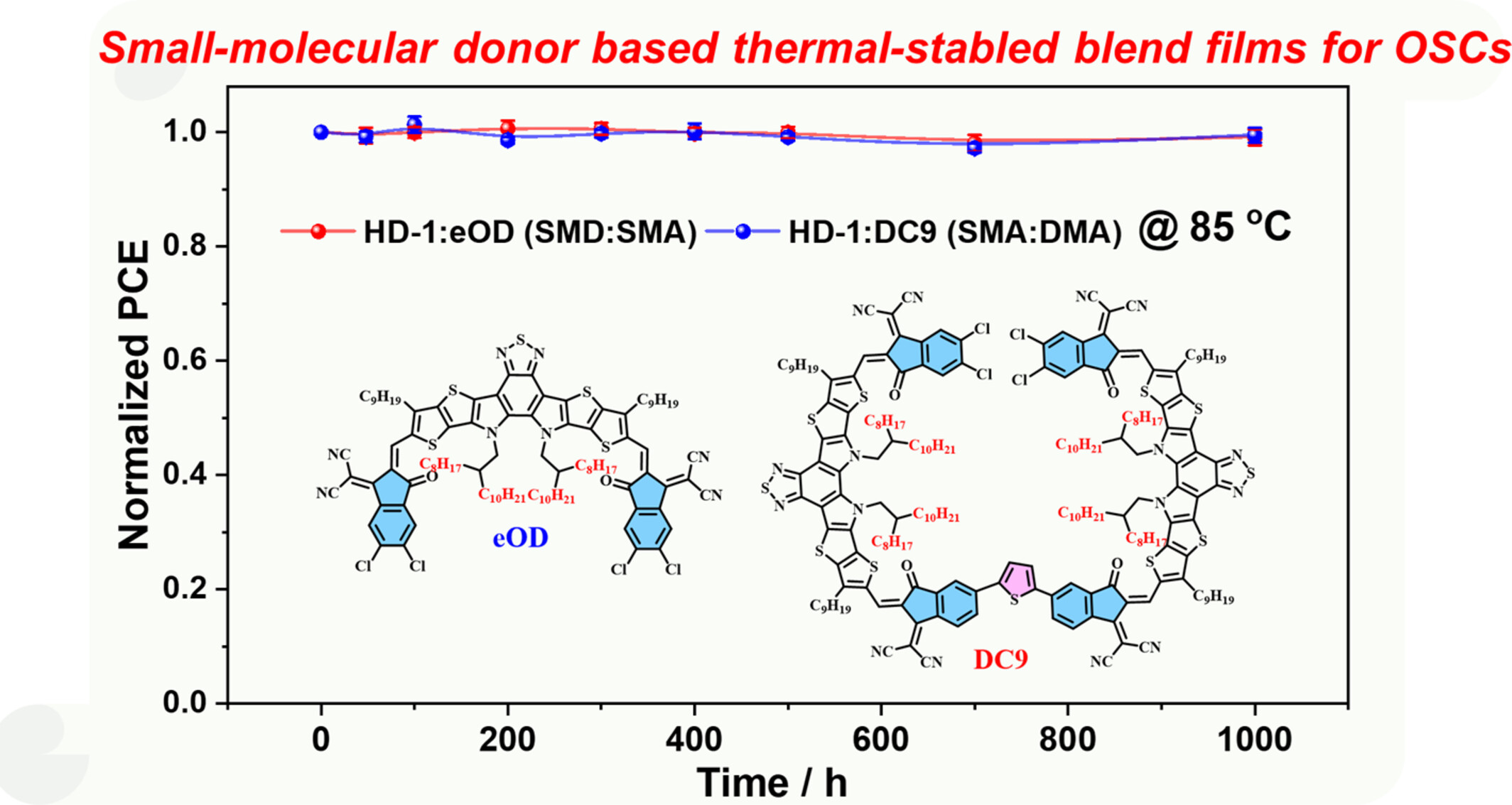
Small-molecular photovoltaic materials have the advantages of easily-tuned properties, and well-defined chemical structures. After blending small-molecular donor HD-1 with monomer acceptor eOD or dimeric acceptor DC9, the corresponding blend films exhibited exceptional thermal stability after 1000 h of thermal annealing aging at 85 °C, suggesting that small molecules have the potential to realize stable organic solar cells.
Palladium-Catalyzed Direct B—H Oxygenation: Facile Synthesis of o-Carboranofuranones
- Pages: 3083-3087
- First Published: 08 August 2024
Borane-Catalyzed Asymmetric Reduction of 2-Alkylpyridines
- Pages: 3088-3092
- First Published: 08 August 2024
Synthesis of Three-Dimensional Chiral Covalent Organic Frameworks Using Surfactant as Inducer in Water
- Pages: 3093-3098
- First Published: 08 August 2024

Three-dimensional covalent organic frameworks with tunable chirality were synthesized using amphiphilic chiral amino acid derivatives as inducer in the lamellar micelles formed by self-assemble of the derivatives. The hydrogen bonds and electrostatic interactions between amino acid derivatives and monomers as well as their precursors facilitate the transfer of the chirality.
Sandwich-Type Single-Molecule Magnets Complexes of Er(III) with Ansa-Cyclooctatetraenyl Ligands
- Pages: 3099-3106
- First Published: 08 August 2024
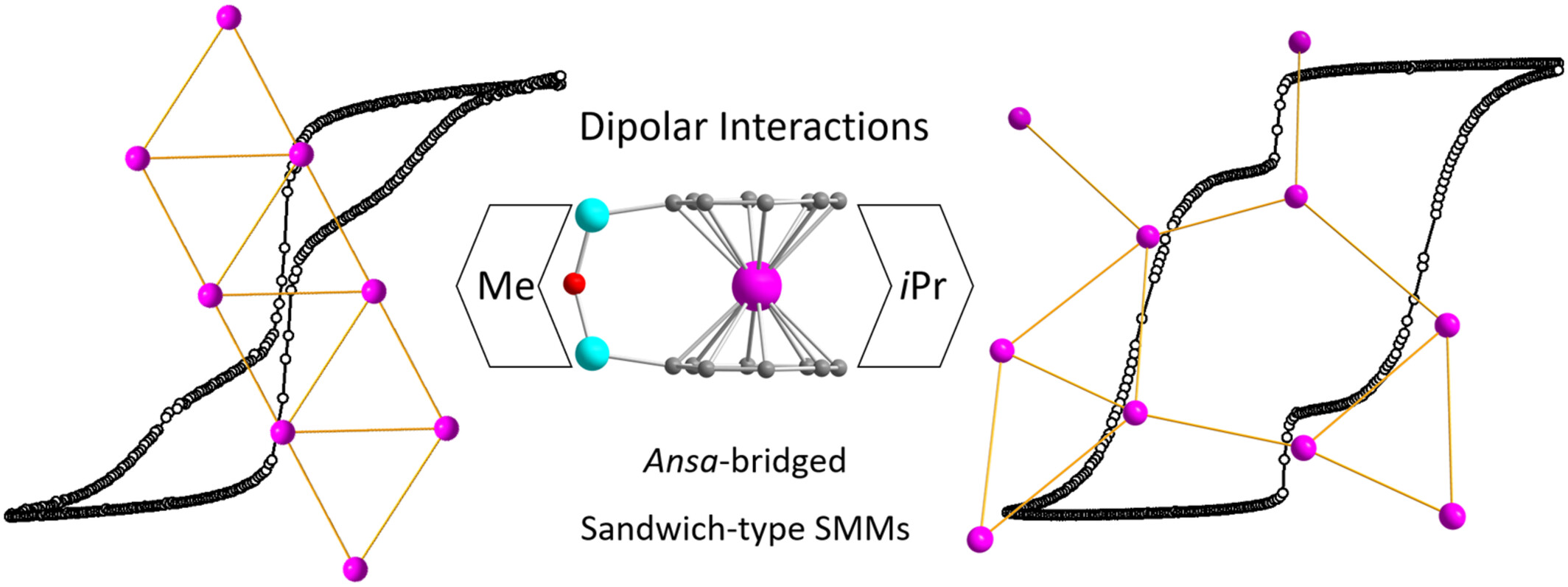
Two ansa-bridged Er-COT SMMs [KDME2][Er((η8-COT-SiMe2)2O)] (1) and [KDME2][Er((η8-COT-SiiPr2)2O)]K[Er((η8-COT-SiiPr2)2O)] (2) were reported with comparable energy barriers (228(5) K for 1, and 196(4) K for 2) and blocking temperatures (10.5 K for both complexes). The different arrangement of molecular network for the two complexes leads to different dipolar interactions, which resulted in the magnetic hysteresis loop for 2 being opened much more largely than for 1.
Deracemization of Sulfoxides Combining Electrocatalysis and Biocatalysis
- Pages: 3107-3112
- First Published: 13 August 2024
Precursor-Mediated Direct Growth of Defect-Rich Hierarchical Nanocarbons for Electrocatalytic Hydrogen Peroxide Production
- Pages: 3113-3121
- First Published: 13 August 2024

The boric acid (H3BO3) in the precursor decomposes into B-containing species and interferes with the nucleation and growth of sp2-bonded carbon, thus enabling to directly produce topological defects during carbon growth. Impressively, the H3BO3-mediated defect-rich hierarchical nanocarbons achieve a high H2O2 production rate over 20 h of continuous electrocatalysis with a stable current density (> 100 mA·cm–2) and Faradaic efficiency (> 90%).
Photo-Excited Switching and Enhancement of Dielectric Properties in Two-Dimensional Double Perovskite Phase Transition Thin Films
- Pages: 3122-3128
- First Published: 13 August 2024
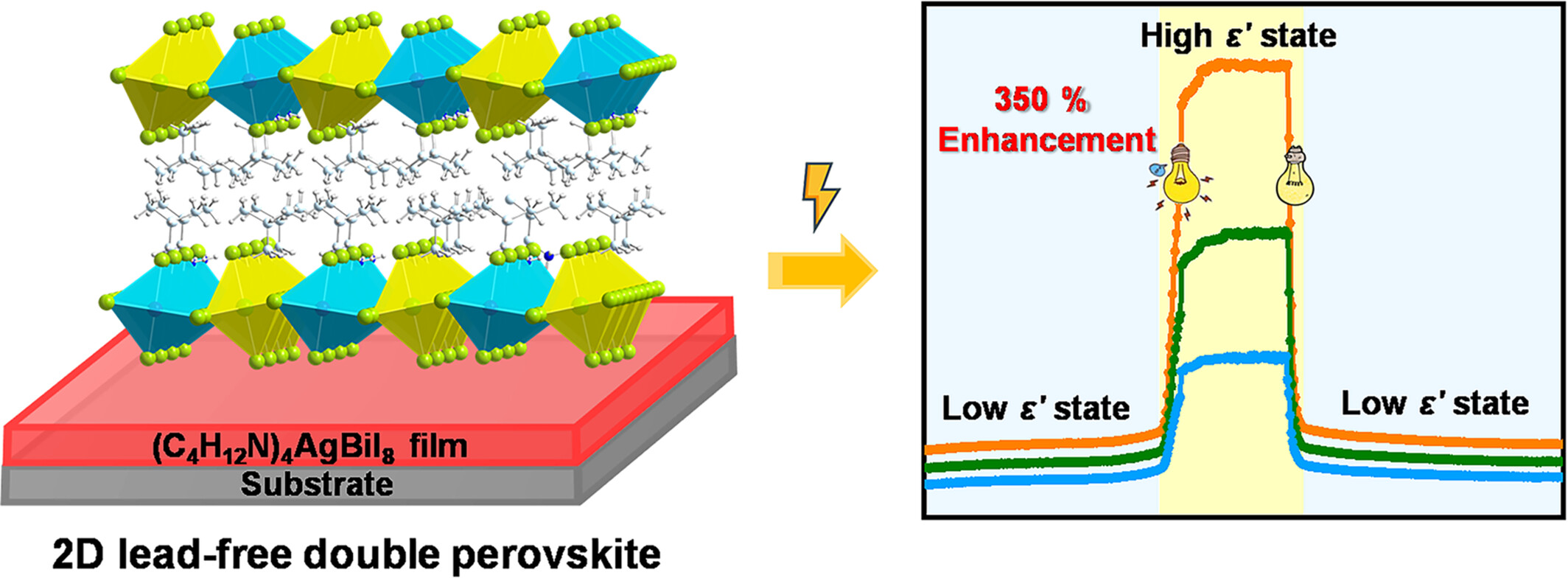
We report the photo-excited switching and enhancement of dielectric properties in the orientational thin films of a 2D double perovskite, which enables the boosting of dielectric constants with a magnitude up to ~350% under 405 nm, far beyond most of the inorganic phase transition counterparts. This work affords a new avenue to forward their potentials for high-performance optoelectronic devices with the controllable physical properties.
Formate-Mediated Synthesis of β-Hydroxysulfides from Olefins and Thiosulfonates via EDA Complex Strategy under Visible Light Irradiation in Air
- Pages: 3129-3134
- First Published: 13 August 2024

A visible-light-induced, efficient one-pot synthesis of β-hydroxysulfides from olefins, thiosulfonates, and HCOOCs, utilizing an EDA complex strategy under ambient air conditions at room temperature, has been successfully developed. This approach offers mild reaction conditions, simplicity, odorlessness, and remarkable functional group tolerance.
Recent Advances
Earth-Abundant Nickel-Catalyzed Asymmetric Hydrogenation†
- Pages: 3135-3156
- First Published: 13 August 2024
To Maximize Luminescence for an Efficient Organic Solar Cell
- Pages: 3157-3168
- First Published: 10 September 2024
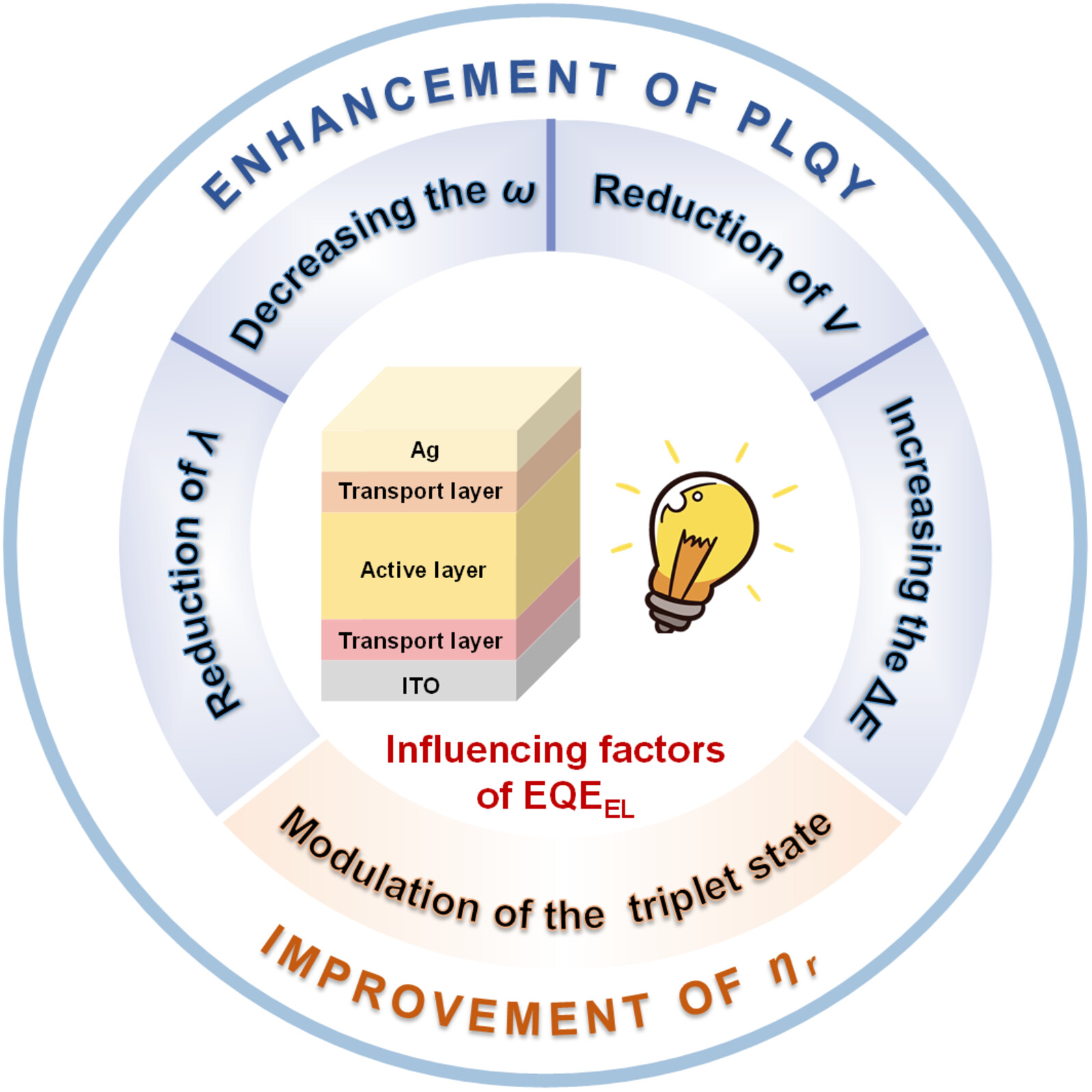
High-efficiency organic solar cells should also be used as effective organic light-emitting diodes. The discussion thoroughly examines the factors influencing electroluminescence quantum efficiency (EQEEL) and the mechanisms for adjusting various parameters, which include enhancements in photoluminescence quantum yield (PLQY) and the proportion of radiative excitons.
Inside Back Cover
Inside Back Cover
- Page: 3171
- First Published: 01 November 2024
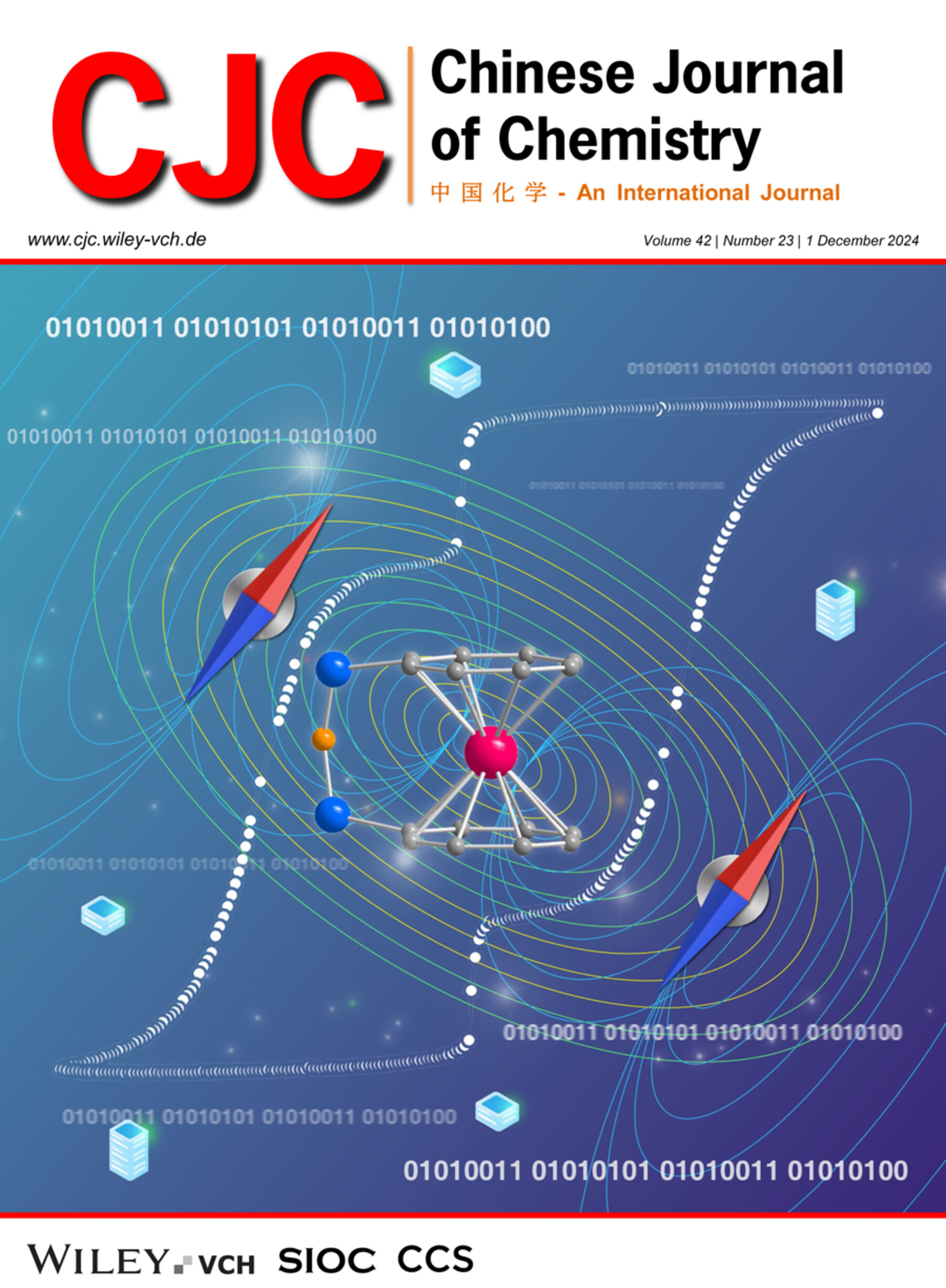
Single-molecule magnets (SMMs) are widely recognized as promising candidates for high-density storage and quantum processing of information. The relationship between property and structure is fundamental in the design of high-performance SMMs. A detailed study of the relaxation dynamics and structures in two sandwich-type Er(III) SMMs with ansa-cyclooctatetraenyl ligands has highlighted the positive contribution of dipolar interactions to the magnetic blocking of SMMs. More details are discussed in the article by Ding et al. on pages 3099—3106.
Back Cover
Back Cover
- Page: 3172
- First Published: 01 November 2024
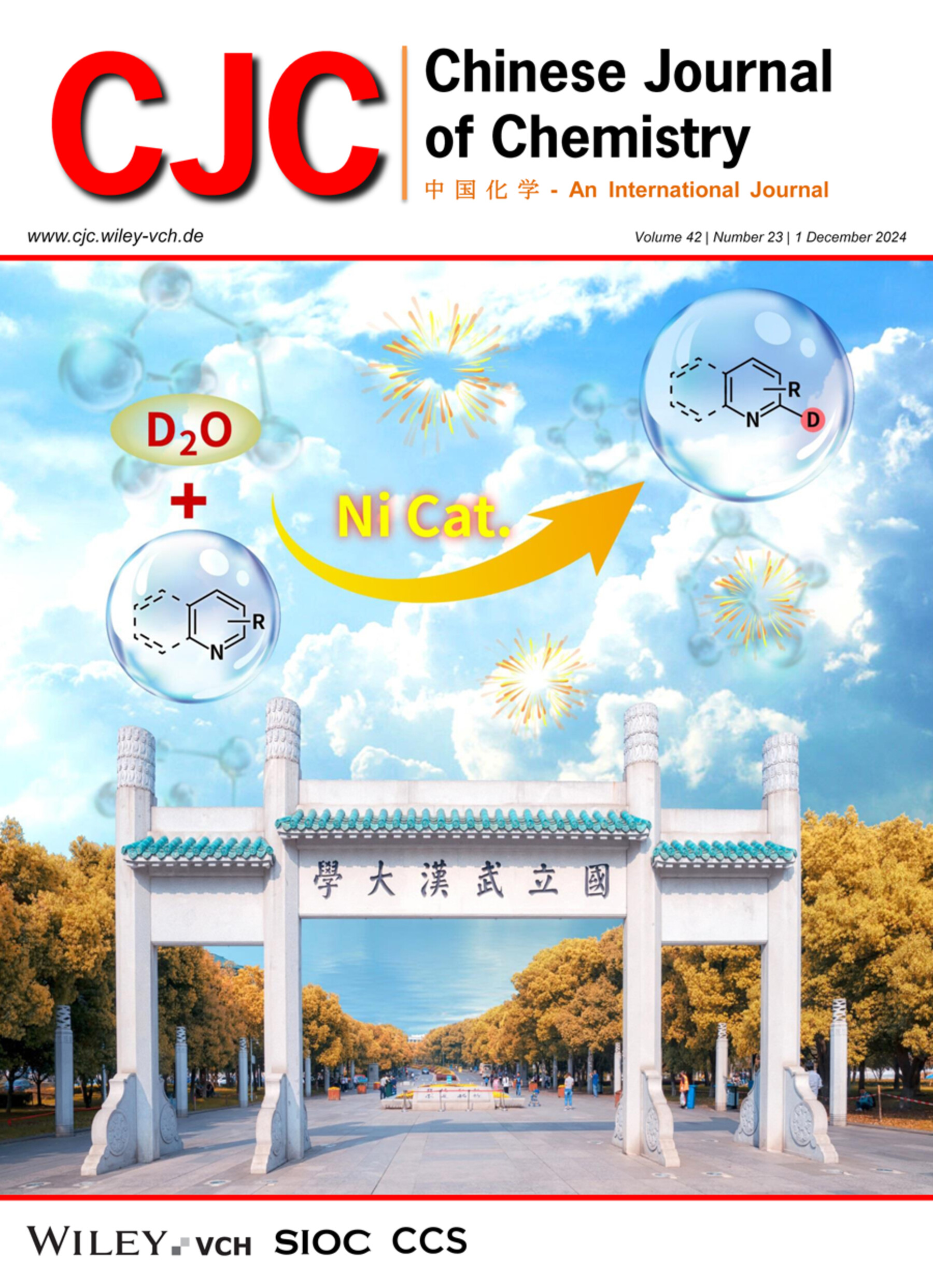
Development of efficient methodologies for the synthesis of deuterium labelled compounds, especially hydrogen isotope exchange (HIE), continued to receive an impressive attention over the years. A unique heterogeneous nickel catalyst for selective deuteration of N-heterocycles has been successfully developed using D2O as the isotope source. This methodology represents a practical and scalable deuteration and the air- and water-stable nanocatalyst enables efficient labelling in a straightforward manner. More details are discussed in the article by Li et al. on pages 2993—2998.




